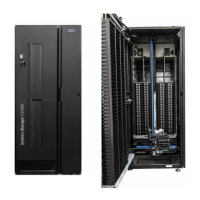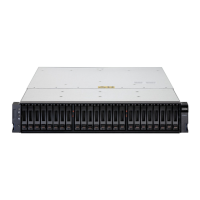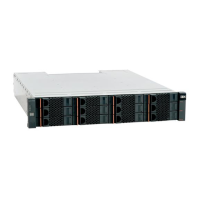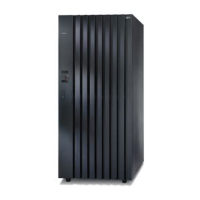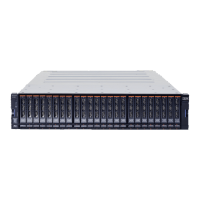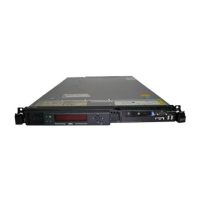Chapter 6. Cabling expansions 69
6.3 Multipath HA cabling
A standard N series clustered storage system has multiple single-points-of-failure on each
shelf that can trigger a cluster failover (see Example 6-1). Cluster failovers can disrupt access
to data and put an increased workload on the surviving cluster node.
Example 6-1 Clustered system with a single connection to disks
N6270A> storage show disk –p
PRIMARY PORT SECONDARY PORT SHELF BAY
------- ---- --------- ---- ---------
0a.16 A 1 0
0a.18 A 1 2
0a.19 A 1 3
0a.20 A 1 4
Multipath HA (MPHA) cabling adds redundancy, which reduces the number of conditions that
can trigger a failover, as shown in Example 6-2.
Example 6-2 Clustered system with MPHA connections to disks
N6270A> storage show disk -p
PRIMARY PORT SECONDARY PORT SHELF BAY
------- ---- --------- ---- ---------
0a.16 A 0c.16 B 1 0
0c.17 B 0a.17 A 1 1
0c.18 B 0a.18 A 1 2
0a.19 A 0c.19 B 1 3
With only a single connection to the A channel, a disk loop is technically a daisy chain. When
any component (fiber cable, shelf cable, or shelf controller) in the loop fails, access is lost to
all shelves after the break, which triggers a cluster failover event.
MPHA cabling creates a true loop by providing a path into the A channel and out of the B
channel. Multiple shelves can experience failures without losing communication to the
controller. A cluster failover is only triggered when a single shelf experiences failures to the A
and B channels.

